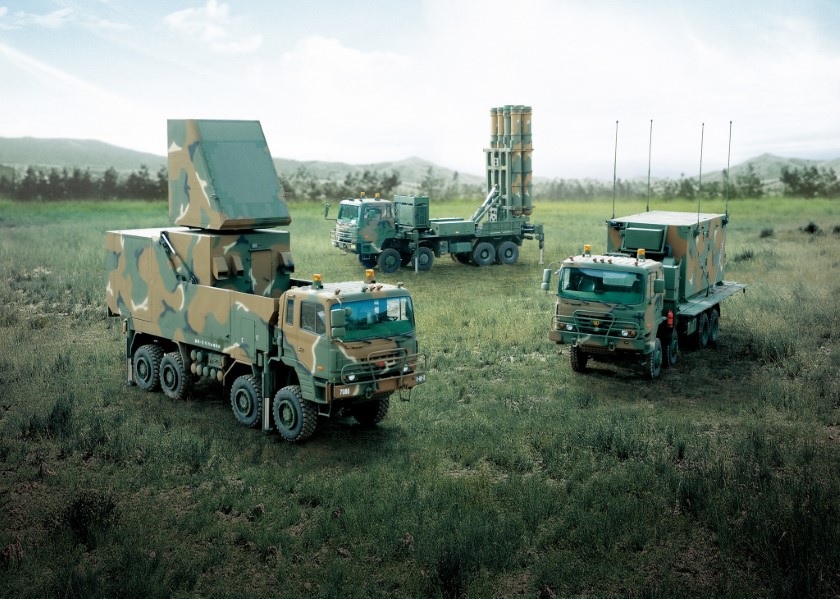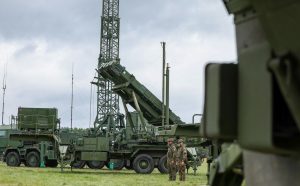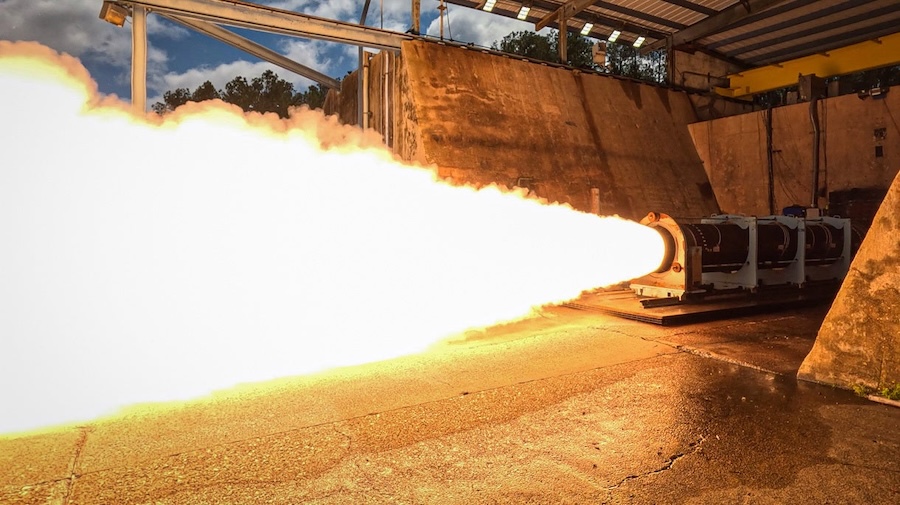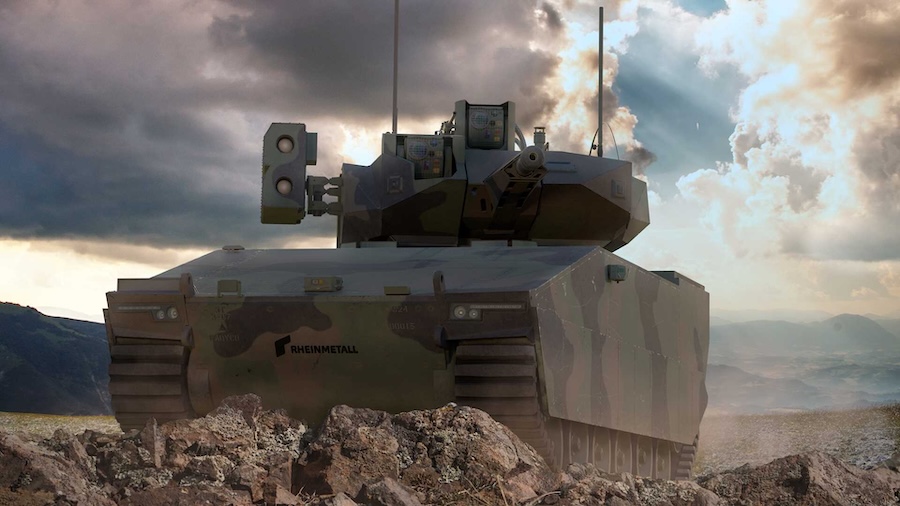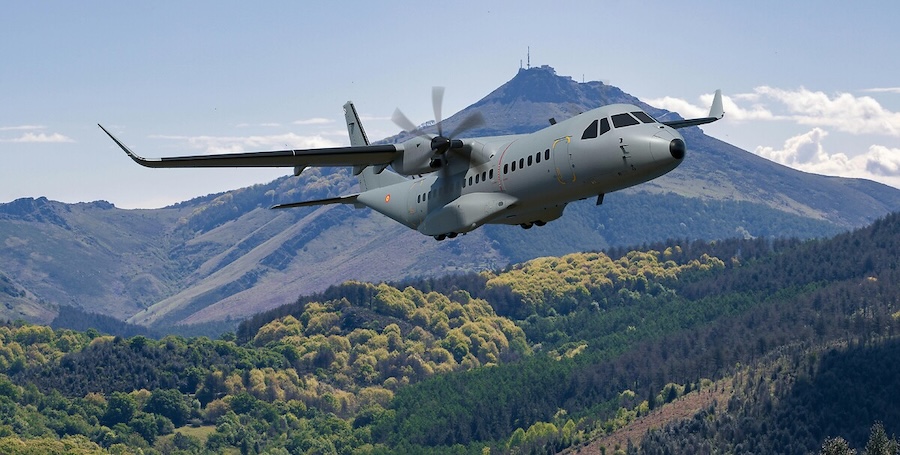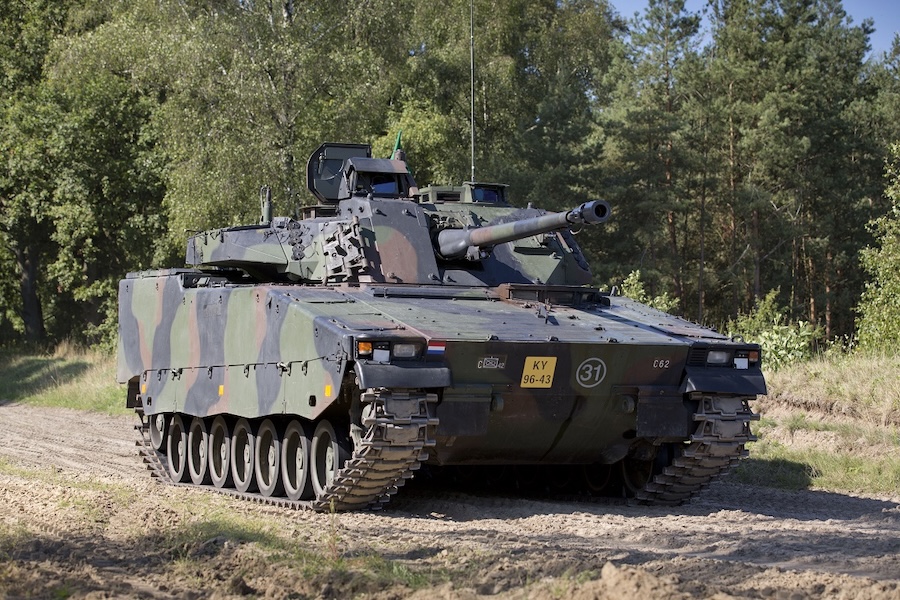The partnership aims to combine Northrop Grumman’s experience in air and missile defence command and control systems with LIG Nex1’s involvement in Korea’s domestic missile defence programmes. Technical exchanges and engineering assessments will support joint efforts to develop integrated, advanced defence solutions.
Northrop Grumman’s Integrated Battle Command System (IBCS) plays a central role in this collaboration by offering a unified, modular and scalable architecture that fuses sensor data into a single, actionable picture. The IBCS is currently in production and is part of the U.S. Army’s integrated air and missile defence modernisation programme.
“Northrop Grumman is committed to developing innovative, sovereign solutions that enhance the performance and effectiveness of current and future integrated air and missile defense systems,” said Jeremy Knupp, vice president, global command and control solutions at Northrop Grumman. “This partnership with LIG Nex1 underscores our dedication to collaborating with the Korean defense industry to deliver advanced, cost-effective capabilities that strengthen Korea’s homeland defense and ensure adaptability to evolving threats.”
Tae-Sik Park, president of the missile system group at LIG Nex1, stated: “We are pleased that this cooperation with Northrop Grumman opens up broader opportunities to explore various projects in both domestic and international air defense missile markets.”
The collaboration reflects a strategic step toward strengthening Korea’s missile defence infrastructure with the support of interoperable and future-ready technologies.



